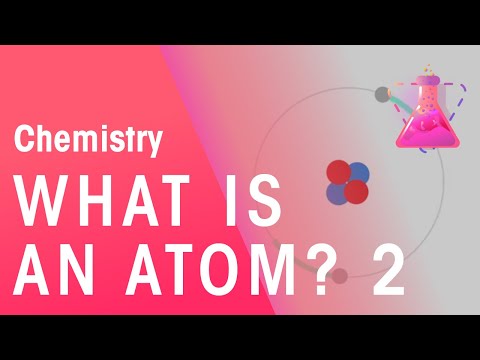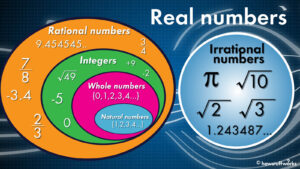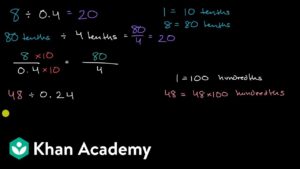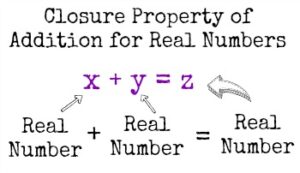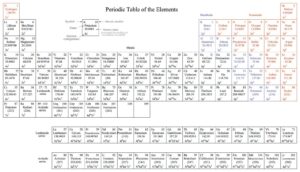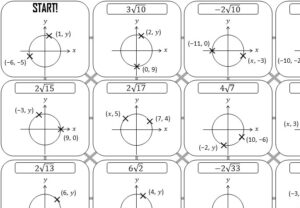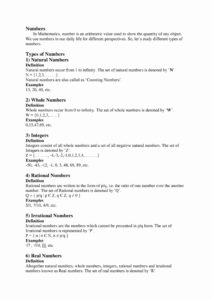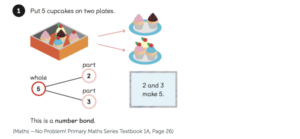Why Aren’t Atomic Masses Whole Numbers?
The question “Why are nuclear masses not whole numbers?” has been answered many times in the scientific community. First, let me explain why it is so difficult to get a straight answer to this question. In physics, even though a number is a whole number if you add or subtract an element of the same atomic type, such as two protons, or four neutrons, the resulting number will not always be a whole number. For instance, in chemistry, carbon monoxide, with one hydrogen atom, is less stable than oxygen, which has one hydrogen atom, by a factor of five.
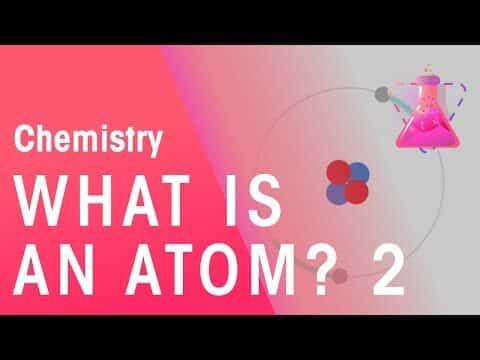
The reason for this is that the number of protons or neutrons must be exactly right, and all these elements have different stability limits, like electrons, muons, protons, and neutrons. These different kinds of atoms are different from one another by their own characteristics. For instance, when scientists make a number out of these, they must take all the weights of these elements into consideration. When they do this, they discover that the number they get is not a whole number, but a ratio. So, if, say, a scientist wants to calculate how many grams of weight of a given material he or she needs to use for some procedure, then he or she would take the ratio of all the weights of all the different kinds of these atoms and multiply that by the amount of time needed to complete a certain task.
It is quite amazing how fragile we are when it comes to nuclear fission. A little mistake, and the entire chain of reaction can be ruined. That is why it is so important to understand the stability properties of these atomic types. Once the scientists understand these, they can begin to calculate the risk of handling different materials safely. Without doing this, there is no way to avoid accidents, right?
There are three major ways that nuclear fission can occur in nature. These are the breeding of a type of virus, the splitting of an atom into two or more, and the implosion of a nucleus. All these processes, when done carefully and professionally, have a safety factor. However, when these processes are not done properly, the risk of nuclear proliferation rises significantly.
The split of an atom is what causes the splitting of a atomic mass. For instance, one hydrogen atom can split into two helium atoms, four carbon atoms can split into six oxygen atoms, and ten nitrogen atoms can split into twelve hydrogen atoms and oxygen atoms. Thus, these processes are referred to as nuclear fission. And, while the splitting of these types of atoms can cause a great deal of damage, especially if a nuclear bomb goes off in the process, it is the nuclear fission of a relatively benign atomic atom that can cause the greatest risk.
The third process, implosion, refers to the implosion of an atom. When two neutrons are paired with an atom of an opposite sign, this is known as a “fission” reaction. The nuclear fission of such a pair of neutrons releases energy, which is in turn converted to heat energy. When a highly efficient particle physics device is used, the results of a implosion can cause many times more energy than that released by the simple act of nuclear fission.
A lot of people have made the question of why are some atomic particles not whole number amounts rather funny, considering that this is the process that occurs in plants that create electricity. When a piece of radioactive waste is placed near a power station, it will be exploded, causing a chain reaction of events that will rapidly lead to the death of millions of tiny creatures. Many people wonder how these creatures die, and whether death comes faster or slower for different kinds of organisms. To put it differently, are all cancer cells treated the same way? Although it is impossible to say anything conclusive in the realm of nuclear fission biology, there is a lot of suggestive evidence that suggests that it is not the case.
The final part of this series of Why Are Atomic Masses Not Whole Numbers asks the question of what happens when two atomic masses come into contact. The nuclear fission of two very similar but otherwise identical nuces will cause them to split, one by near collision and the other by far faster decay. This means that the two nuces, if they were of exactly the same mass, would create one big atom of energy. However, the difference between their nuclear masses will be the difference between them when these two atoms reunite. The net result will be a fractional fusion, which is what we know as fusion.

